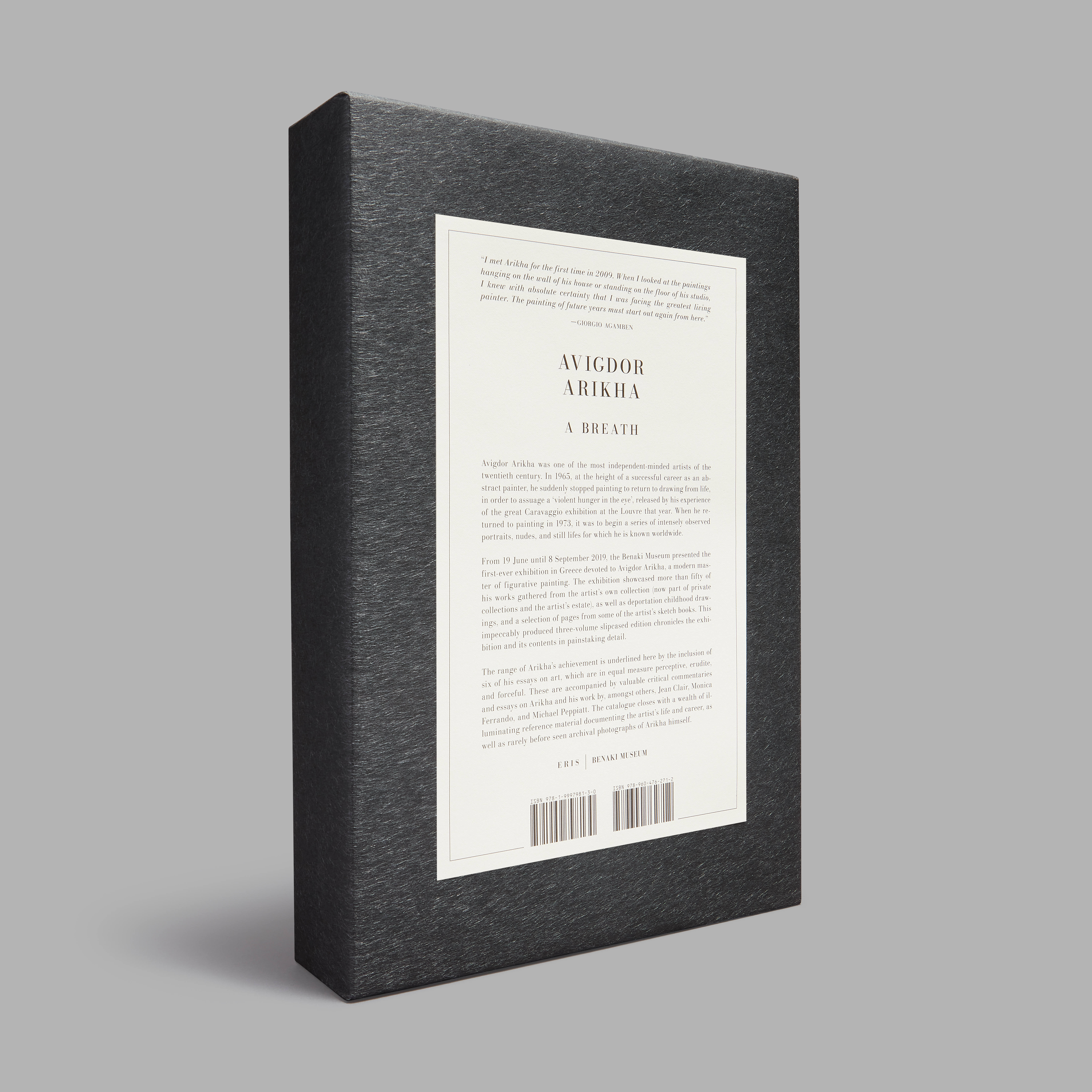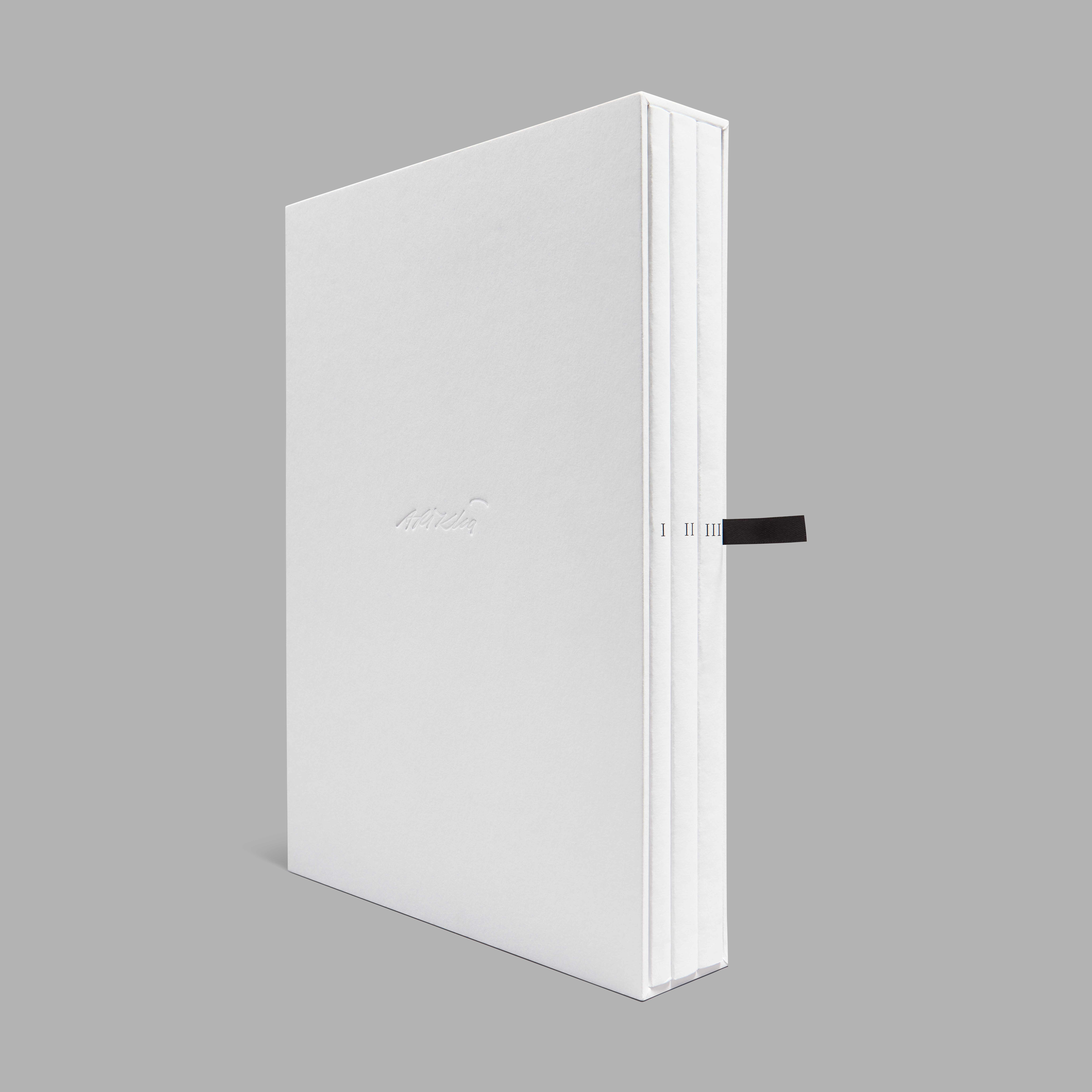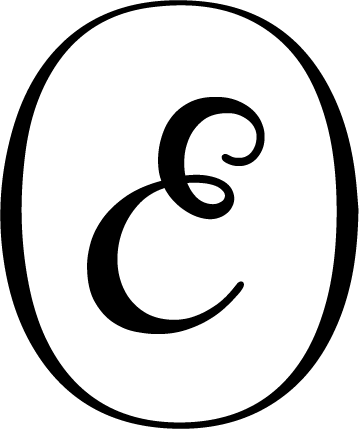



PRICE
$160 → ORDER
PUB. DATE
1 December 2020
ISBN
978-1-9997981-3-0
TRIM SIZE
318 x 220 mm
BINDING
Three volumes, French softbound with flaps and boxed slipcase
PAGINATION
382 pp total (116, 122, 144 pp per vol.)
PLATES
98 including details
PACKAGING
Hand-wrapped in Japanese paper and supplied in bespoke protective shipping carton
PRODUCTION
Printed in London by PUSH
VOLUME I
Texts: Introduction by George Manginis; Interview with Michael Peppiatt; Essays by Jean Clair, Savvas Michail, and Monica Ferrando; Selected writings on art by Avigdor Arikha
VOLUME II
Plates
VOLUME III
Photographs from the exhibition; Arikha’s sketches; Childhood deportation camp drawings; Biography and bibliography; Photographs of Arikha; Colophon and acknoledgements
BROCHURE
I met Arikha for the first time in 2009. When I looked at the paintings hanging on the wall of his house or standing on the floor of his studio, I knew with absolute certainty that I was facing the greatest living painter. The painting of future years must start out again from here.
—Giorgio Agamben
Avigdor Arikha was one of the most independent-minded artists of the twentieth century. In 1965, at the height of a successful career as an abstract painter, he suddenly stopped painting to return to drawing from life, in order to assuage a ‘violent hunger in the eye’ released by his experience of the great Caravaggio exhibition at the Louvre that year. When he returned to painting in 1973, it was to begin a series of intensely observed portraits, nudes, and still lifes for which he is known worldwide.
From 19 June until 8 September 2019, the Benaki Museum presented the first-ever exhibition in Greece devoted to Arikha, a modern master of figurative painting. The exhibition showcased more than fifty of his works gathered from the artist’s own collection (now part of private collections and the artist’s estate), as well as deportation childhood drawings, and a selection of pages from some of the artist’s sketch books. This impeccably produced three-volume slipcased edition chronicles the exhibition and its contents in painstaking detail.
The range of Arikha’s achievement is underlined here by the inclusion of six of his essays on art, which are in equal measure perceptive, erudite, and forceful. These are accompanied by valuable critical commentaries and essays on Arikha and his work by, amongst others, Jean Clair, Monica Ferrando, and Michael Peppiatt. The catalogue closes with a wealth of illuminating reference material documenting the artist’s life and career, as well as rarely before seen archival photographs of Arikha himself.
A co-publication:
E R I S
BENAKI MUSEUM
BENAKI MUSEUM
Conceived by and produced under the care of:
E K E P
